Queer Media Images
Queer Media Images
LGBT Perspectives
Edited by Jane Campbell
and Theresa Carilli
LEXINGTON BOOKS
Lanham Boulder New York Toronto Plymouth, UK
Published by Lexington Books
A wholly owned subsidiary of The Rowman & Littlefield Publishing Group, Inc.
4501 Forbes Boulevard, Suite 200, Lanham, Maryland 20706
www.rowman.com
10 Thornbury Road, Plymouth PL6 7PP, United Kingdom
Copyright 2013 by Lexington Books
All rights reserved. No part of this book may be reproduced in any form or by any electronic or mechanical means, including information storage and retrieval systems, without written permission from the publisher, except by a reviewer who may quote passages in a review.
British Library Cataloguing in Publication Information Available
Library of Congress Cataloging-in-Publication Data Available
978-0-7391-8028-0 (cloth : alk. paper)
 TM The paper used in this publication meets the minimum requirements of American National Standard for Information Sciences Permanence of Paper for Printed Library Materials, ANSI/NISO Z39.48-1992.
TM The paper used in this publication meets the minimum requirements of American National Standard for Information Sciences Permanence of Paper for Printed Library Materials, ANSI/NISO Z39.48-1992.
Printed in the United States of America
We dedicate this book to the brave and dangerous act
of being, and/or loving someone, queer.
Acknowledgments
We extend a special thanks to our department heads, Dr. Daniel Punday, head of the Department of English and Philosophy, and Dr. Yahya Kamalipour, head of Department of Communication and Creative Arts, for their support on this project. Thanks to Ronald Corthell, Dean of the School of Liberal Arts and Social Sciences, for release time to continue work on this project. Also, we are very grateful to Mark Buckner for his careful work on this manuscript.
Introduction
Jane Campbell and Theresa Carilli,
Purdue University Calumet
During the summer of 1979, I was in New York when the gay community actively protested the making of the film Cruising, a psychological thriller about a serial killer who targets gay men. At that time, I watched several hundred angry protesters sit down on Fifth Avenue, blocking the flow of traffic. This was an important event for me because it taught me about the power of the media to create and perpetuate discriminatory images of an already marginalized group of people. Theresa Carilli
Coming out in a culture of silence has never been an easy task. For most members of the LGBT (lesbian, gay, bisexual, transgendered) community, coming out has been fraught with painful self-reflection and agonizing discussions about identity. The process of coming out has been complicated by media invisibility and fear of rejection resulting from such invisibility. For those of us who came out in the 1970s, we quickly learned that our double lives should be kept secret and contained in bars with unmarked marquees, in spite of the 1973 American Psychiatric Association ruling that being homosexual was not a mental illness. Members of the gay and lesbian community quickly learned to be masters at coded language in interpersonal encounters where we tried to manage our way to understand others perceptions of us.
Now that we are ushering in a new era which promises acceptance and even marriage equality, is the LGBT community being represented fairly in the media? According to GLAADs 2011 report Where We Are on T.V., nineteen LGBT series regulars appear on the five major networks (CBS, NBC, ABC, The CW, and Fox). Out of 647 series regulars on 91 scripted programs, these nineteen LGBT regulars comprise 2.9 percent of all series regulars. While this indicates progress for the LGBT community, the community continues to struggle for acceptance and authentic media representation.
In Queer Media Images: LGBT Perspectives, we present chapters that address how gay, lesbian, bisexual, and transgendered people are depicted in the media. This collection focuses on how the LGBT community has been silenced or given voice through the media. Through these chapters, the media is scrutinized for its representations. In his 2007 book Media Queered, Kevin Barnhurst explores the issue of queer visibility in the media. Barnhurst advocates a movement for the LGBT community which demonstrates difference. Caught between being exoticized, where the gay individual is an anomaly, and normalized, where the gay individual is perceived like every heterosexual, the LGBT community, according to Barnhurst, must locate itself in the media as a visible, viable forcesomething different, something unique, yet something that has the ability to transform and change the landscape of homophobic perception. We believe that the LGBT community is in the formative process of constructing a media identityone that breaks away from being either a tragic oddity or a predator. This identity will shape future media depictions of the LGBT community, eventually ensuring visibility and authenticity.
The book is divided into four sections: Queer Images, Performances of Sexuality and Gender, Living in the Margins, and Queer Issues. The chapters in the first section, Queer Images, introduce particular media images presented to a mainstream public and the publics reaction or relationship to these images. Jason Zingsheims chapter, Focus on the SpongeBob: The Representational Politics of James Dobson, examines how Dobson, conservative head of the organization Focus on the Family, creates a controversy by declaring SpongeBob, a favorite television icon of both children and adults, a homosexual. Zingsheim shows how Dobson uses SpongeBob to further his conservative agenda. In The Complex Relationship Between (and Within) the Oppressed and the Empowered: Contradiction and LGBT Portrayals on The L Word, Jennifer Guthrie, Adrianne Kunkel, and K. Nicole Hladky conduct focus group research to determine audience views on the show The L Word. Backed by the belief that The L Word problematizes LGBT portrayals, the authors prove their hypothesis yet underscore just how important viewers perceive the show to be. Showing the parallels between gay and Jewish sensibility, Rachel E. Silverman examines the role of the family on the shows Will & Grace and Queer as Folk in her chapter, Family Perfection: The Queer Family as Perspective by Incongruity on Will & Grace and Queer As Folk. Both shows, one considered to be more popular than the other, demonstrate an integrated gay Jewish identity. In Re-visiting Vito Russos The Celluloid Closet, Jane Campbell and Theresa Carilli take a look back at Russos study of film, which showed archetypal and problematic depictions of the LGBT community. Campbell and Carilli study four current films to determine whether or not they follow the same archetypal pattern. In her chapter, To Glee or Not to Glee: Exploring the Empowering Voice of the Glee Movement, Lori Montalbano captures the power and charm of Glee, demonstrating how the show has been a transformational point for LGBT television depictions.
The second section, Performances of Sexuality and Gender, explores the impact that media performances might have on audiences, beginning with Kristen Norwoods A Pregnant Pause, a Transgender Look: Thomas Beatie in the Maternity Pose. By challenging the classic image of the pregnant nude, Norwood argues that Beatie achieves a transgender gaze with his photograph in a 2008 issue of The Advocate. In The Rhetoric of Sexual Experimentation: A Critical Examination of Katy Perrys I Kissed A Girl, Brittani Hidahl and Richard D. Besel uncover how the bi-curious experimentation advocated by Perry undermines and trivializes lesbian identity. With Queer Male TV Commentators:
Next page
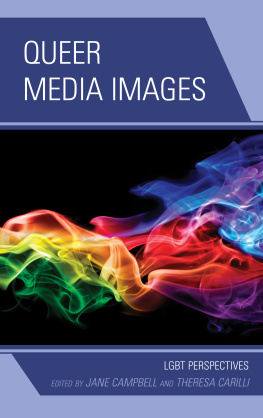

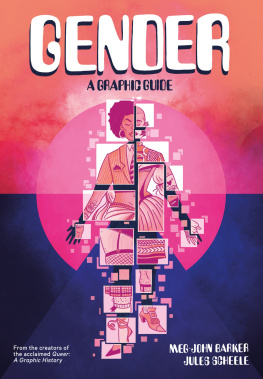
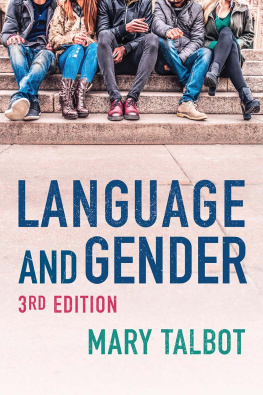


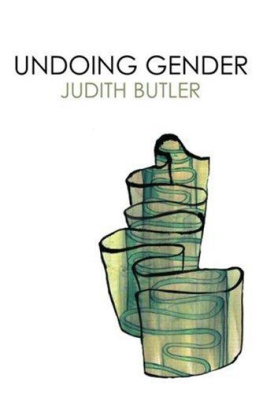

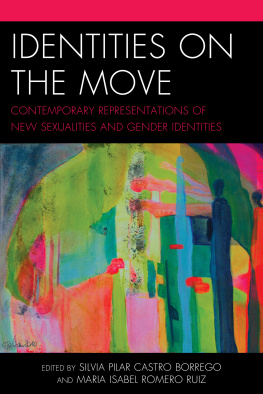
 TM The paper used in this publication meets the minimum requirements of American National Standard for Information Sciences Permanence of Paper for Printed Library Materials, ANSI/NISO Z39.48-1992.
TM The paper used in this publication meets the minimum requirements of American National Standard for Information Sciences Permanence of Paper for Printed Library Materials, ANSI/NISO Z39.48-1992.